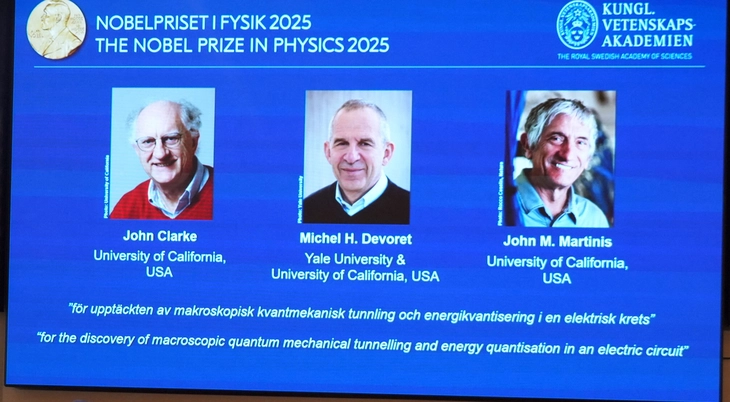
Scientists John Clarke, Michel H. Devoret and John M. Martinis were announced as the winners of this year's Nobel Prize in Physics by the Royal Swedish Academy of Sciences, at a press conference in Stockholm, Sweden, on October 7 - Photo: REUTERS
In 1925, physicists Heisenberg, Schrödinger, and Dirac discovered quantum mechanics—a strange discovery that would change the world .
Exactly 100 years later, the 2025 Nobel Prize in Physics was awarded to three American physicists who brought the quantum tunneling effect - a strange microscopic quantum effect - into the macroscopic world, opening up many groundbreaking applications.
Breakthrough discovery of tunneling effect
Three American physicists, John Clarke, Michel H. Devoret and John M. Martinis, were awarded the 2025 Nobel Prize in Physics for "the discovery of macroscopic quantum tunneling effects and energy quantization in electric circuits," according to the Nobel Committee's announcement.
This year's prize honors a series of experiments they conducted in 1984 and 1985 on superconducting circuits, demonstrating that "tunneling" - the phenomenon of particles passing through barriers that can only occur in quantum mechanics - can occur on much larger scales than previously believed.
Professor John Clarke, who received his PhD from Cambridge University in 1968, has been Professor of Physics at the University of California, Berkeley since 1969. He is currently Professor Emeritus in the Graduate School of the university.
Michel H. Devoret, born in Paris and receiving his doctorate there, is professor emeritus of applied physics at the Yale Quantum Institute of Yale University.
John M. Martinis holds a PhD from the University of California, Berkeley. After teaching at the university, he most recently worked with Google's quantum AI group.
In the mid-1980s, Mr. Devoret joined Mr. Clarke's research group as a postdoctoral researcher, along with his doctoral student, Martinis. Together, they took on the challenge of demonstrating the quantum tunneling effect at the macroscopic level.
In their experiments, the three scientists built circuits from superconductors that could conduct electric current without resistance. By tweaking and measuring the circuit's properties, they could control the phenomena that occurred. Charged particles moving through the superconductor formed a system that behaved as if they were a single particle filling the entire circuit.
This system of particles is initially in a state where current flows without voltage, as if blocked by an impassable barrier.
In the experiment, the system demonstrated quantum properties by escaping this state through the quantum tunneling effect. The three scientists also demonstrated that the system was quantized, meaning it only absorbed or emitted specific amounts of energy.
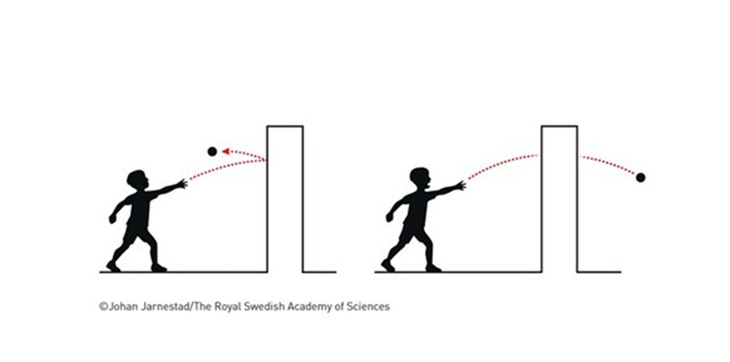
Illustration of the quantum mechanical tunneling effect: Throw a ball at a wall, and it bounces back. But throw a microscopic particle, and it goes through the wall. This effect usually diminishes for a large group of particles, which is why we never see someone passing through a wall in everyday life - Photo: JOHAN JARNESTAD/Swedish Academy of Sciences
Paving the way for quantum technology
The experiment has important consequences for the understanding of quantum mechanics. Previously, macroscopic quantum mechanical effects involved many microscopic particles combined to produce phenomena such as lasers, superconductors, and superfluids. However, the experiments of this year's three Nobel Prize-winning physicists produced a direct macroscopic effect.
This type of macroscopic quantum state opens up new potential for experiments that exploit phenomena that govern the microscopic world. It can be thought of as a kind of artificial atom on a large scale, used to simulate and aid in the study of other quantum systems.
An important application was the quantum computer that Martinis later implemented. He used exactly the energy quantization that he and his two co-Nobel laureates had demonstrated, using circuits with quantized states as quantum bits or qubits with the lowest energy state being 0 and the higher being 1.
Superconducting circuits are one of the techniques being explored in the effort to build quantum computers. Martinis was the head of Google's quantum computing research group from 2014 to 2020.
Mr Clarke said their research had helped pave the way for technological advances, such as the birth of mobile phones. The Nobel Committee also affirmed: "There is no advanced technology today that is not based on quantum mechanics, including: mobile phones, cameras... and fiber optic cables".
When physics and chemistry meet in the quantum "tunnel"
The 2025 Nobel Prize in Physics was awarded to three scientists for their discoveries in quantum mechanics 40 years ago. This result is not too surprising, because UNESCO has chosen 2025 as the International Year of Quantum Science and Technology.
The Nobel Committee stated: "Quantum mechanics is the basis of all digital technology… Their experiments laid the foundation for new technological advances based on quantum principles".
These three physicists discovered the tunneling effect and determined the energy jumps in electrical circuits. The tunneling effect soon became a central concept in explaining many chemical reactions.
It can be simply imagined like when going through Hai Van Pass: reactants often have to "climb the pass" with very high energy, but sometimes they "go through the tunnel", overcoming the energy barrier faster to create a reaction.
Tunneling is taught at the university level in chemical kinetics textbooks, and is modeled using quantum methods when calculating reaction rate constants. Physics and chemistry, once again, blend wonderfully.
Prof. Nguyen Minh Tho - Honorary Professor at KU Leuven University, Belgium
Source: https://tuoitre.vn/nobel-vat-ly-2025-co-hoc-luong-tu-tu-vi-mo-den-vi-mo-20251007222830181.htm






![[Photo] Prime Minister Pham Minh Chinh receives President of Cuba's Latin American News Agency](/_next/image?url=https%3A%2F%2Fvphoto.vietnam.vn%2Fthumb%2F1200x675%2Fvietnam%2Fresource%2FIMAGE%2F2025%2F12%2F01%2F1764569497815_dsc-2890-jpg.webp&w=3840&q=75)
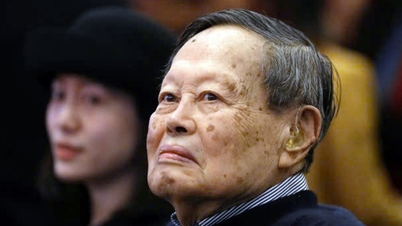











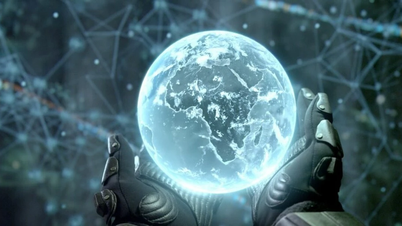
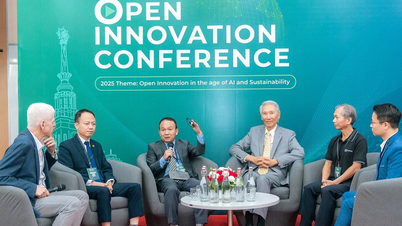

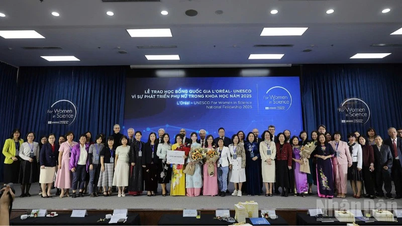
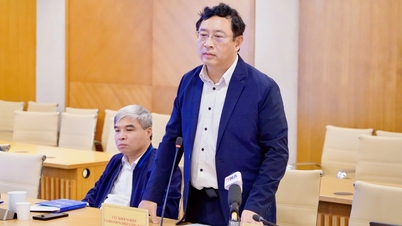






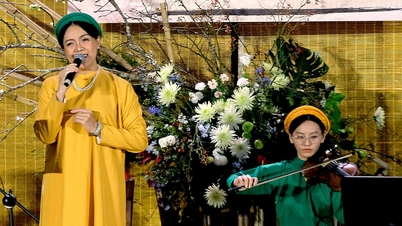

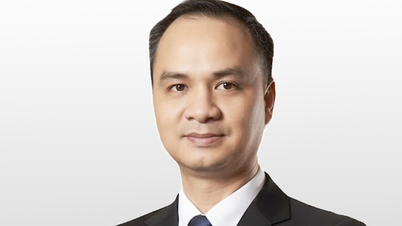










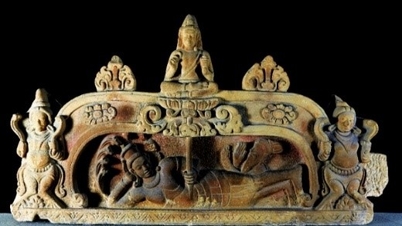


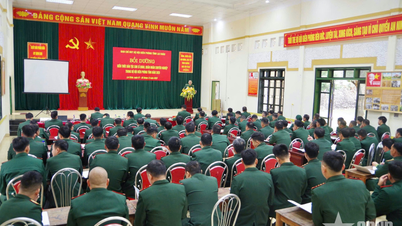



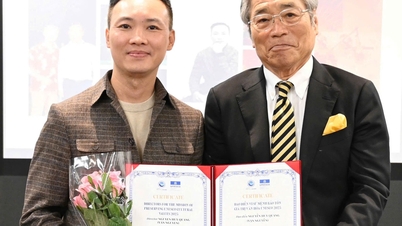

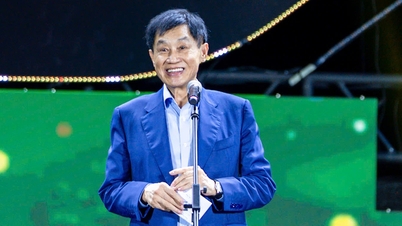
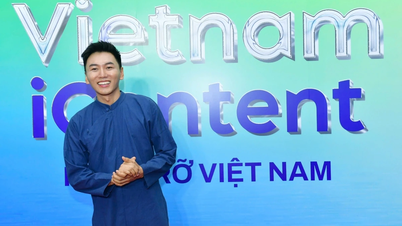

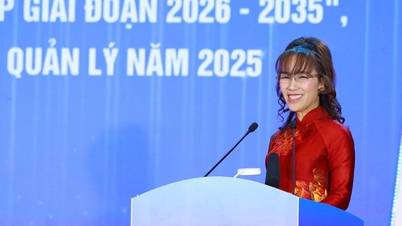
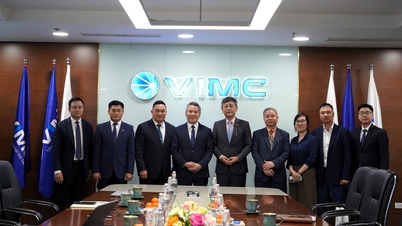


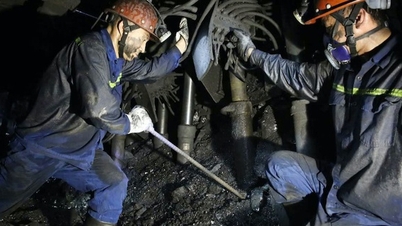


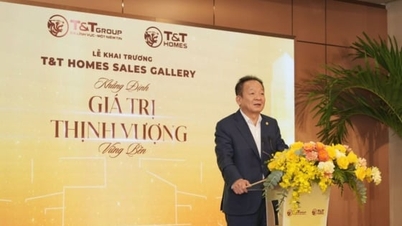









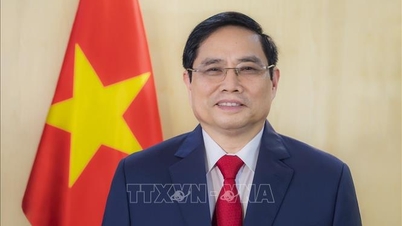

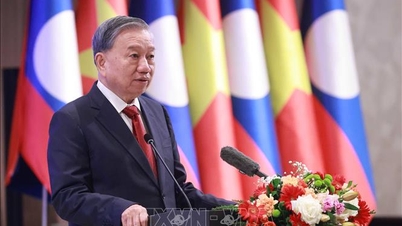
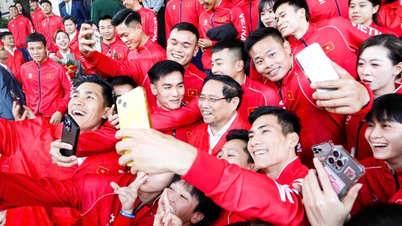


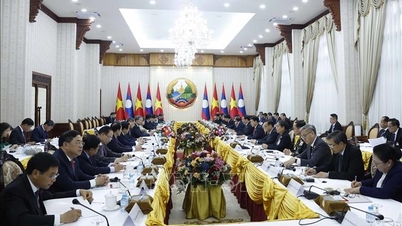

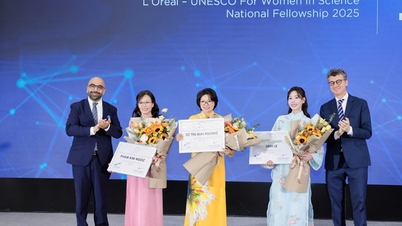

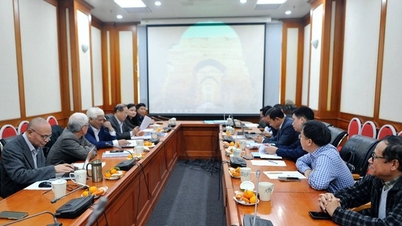


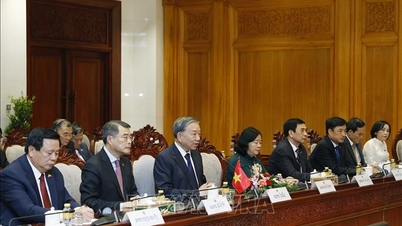


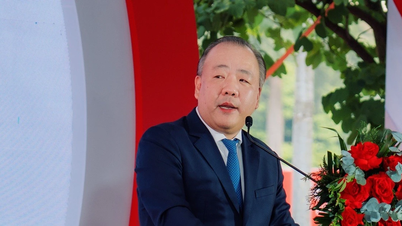

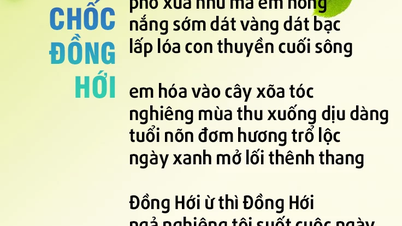



















Comment (0)